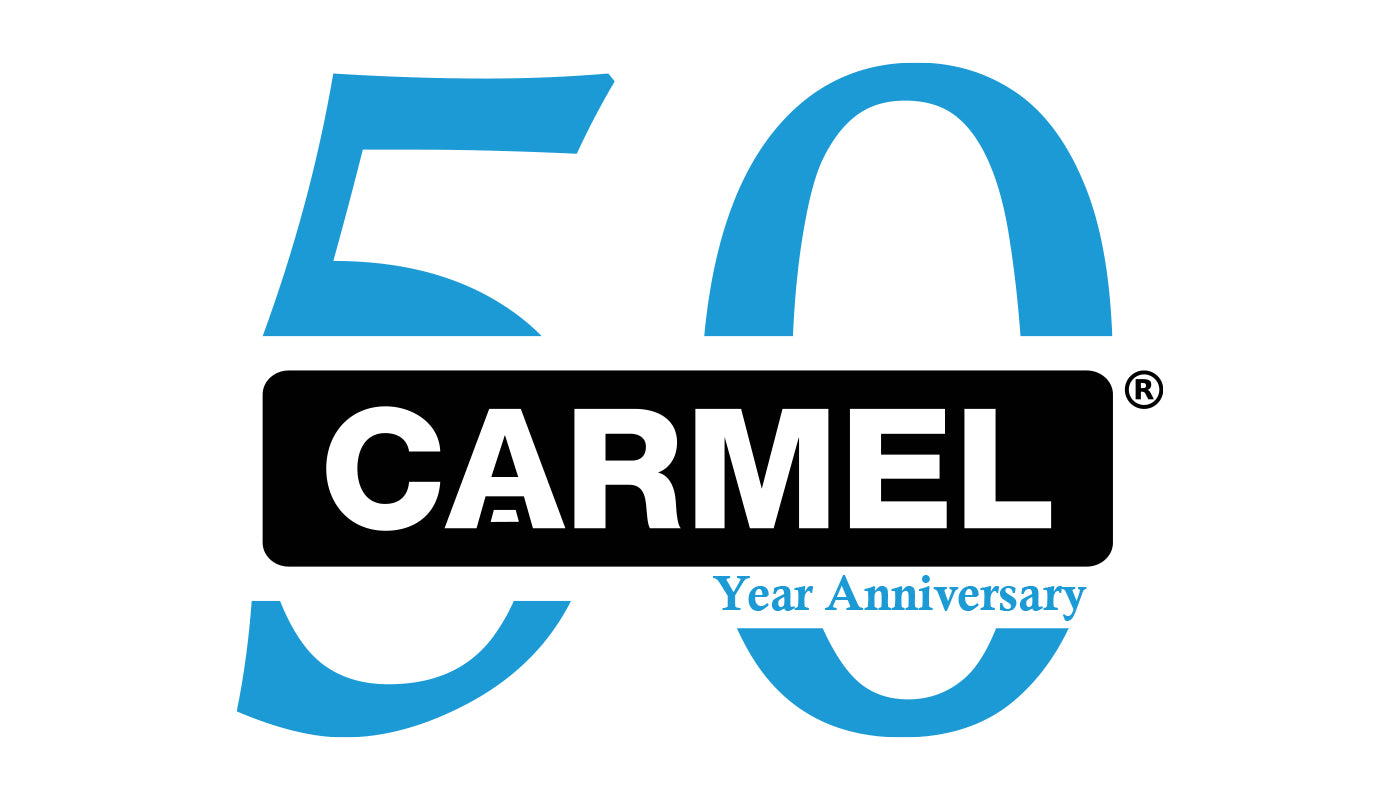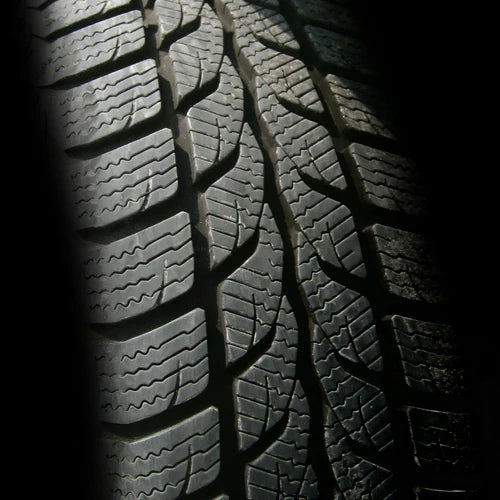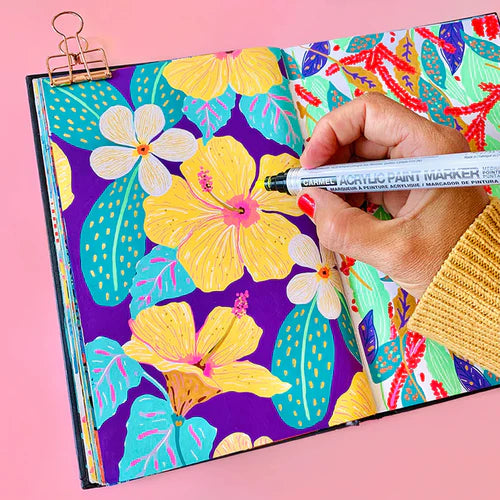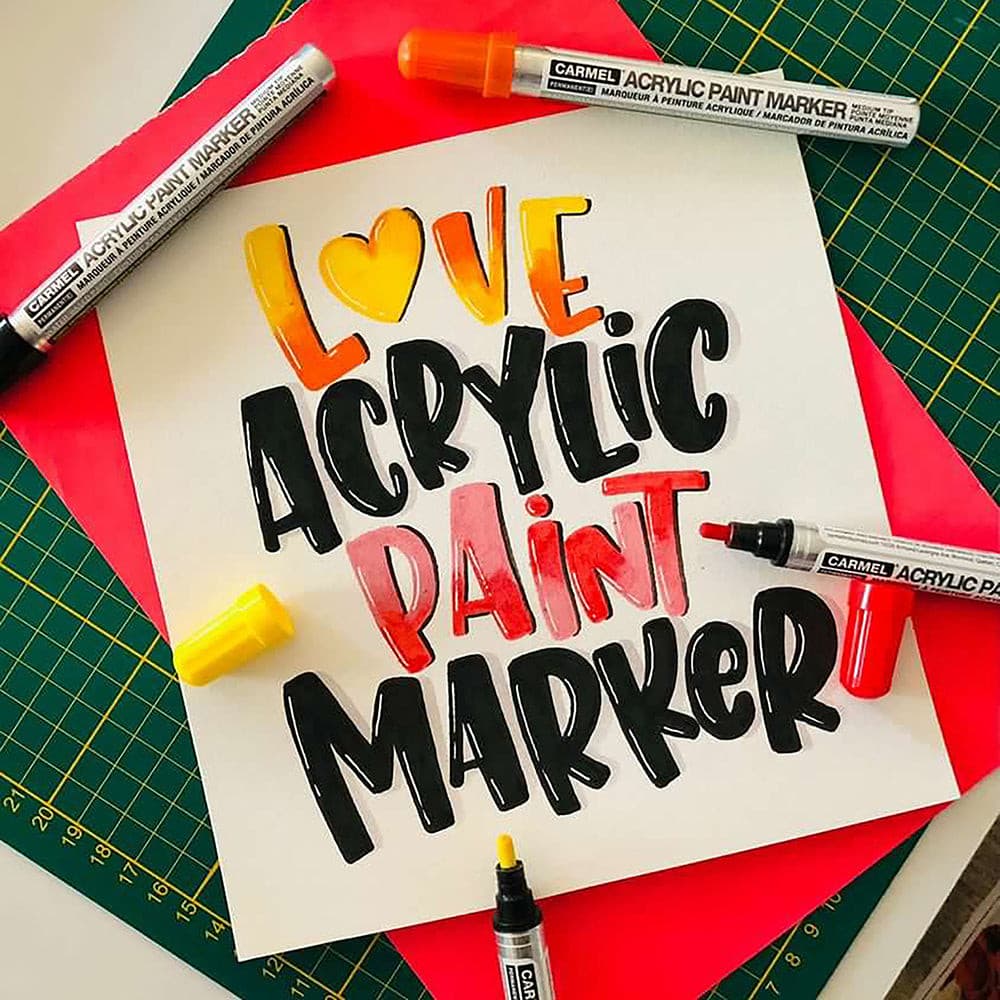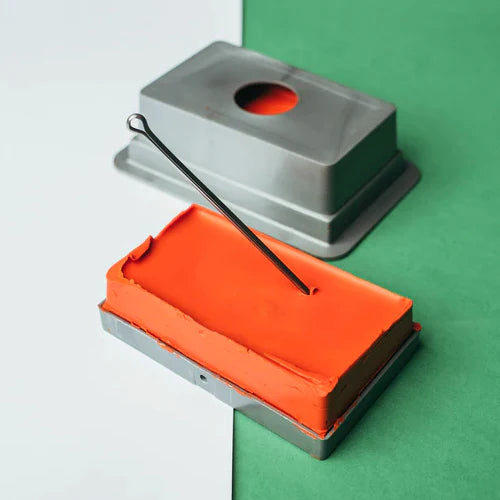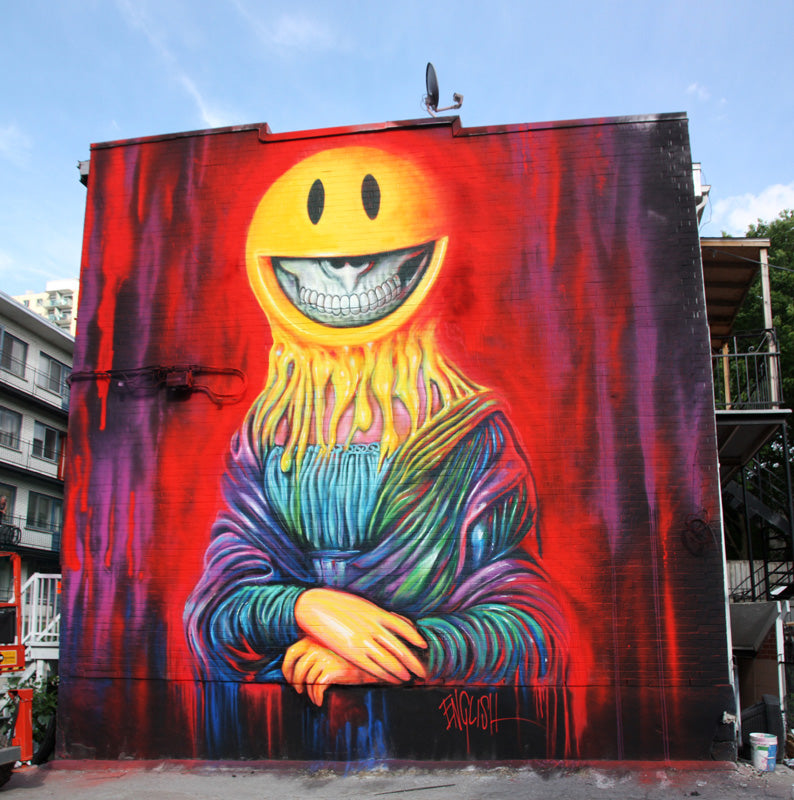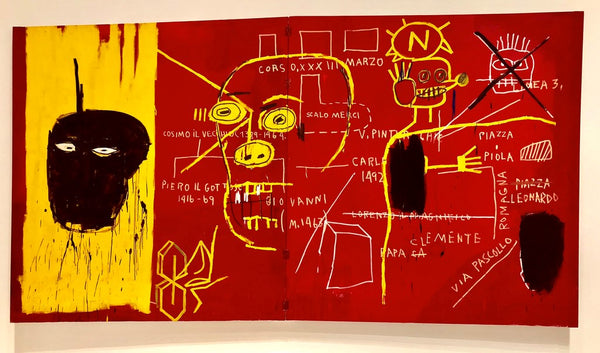Jean-Michel Basquiat - "Hollywood Africans"
“HIGH CULTURE” VS. “LOW CULTURE”
The 1980s: Street Art Enters The Gallery
Jean-Michel Basquiat - "Florence"
While street art’s gallery and festival visibility exploded relatively recently, its legacy as a fine art movement stretches back several decades. The most common type of street art we are used to seeing today – essentially urban graffiti-inspired art – started to be seen in galleries across New York City starting in the early 1980s. Two of the most important artists in this trend are Jean-Michel Basquiat and Keith Haring.

Basquiat started as a street artist in the late 1970s, spray painting graffiti on buildings in Lower Manhattan under the name SAMO. He was discovered by Andy Warhol, who he later collaborated with, and broke through as a solo artist in 1981. His highly individualistic and raw style garnered him acclaim from art scenes around the world, representing the first notable entry of street art influences into fine art.
Keith Haring - "Tuttomondo"
Keith Haring first gained attention through his chalk drawings in New York subways. He would use vacant advertising backboards in the stations as his canvas, drawing highly stylized outlines of human and animal figures. Again, his friendship with Andy Warhol was crucial to his international recognition. Haring broke through internationally through his mural work, painting walls in Melbourne, Rio de Janeiro, Amsterdam, Paris, and Berlin from 1984 to 1986. Throughout his career, he sought to break down the barriers between “high” and “low” art.

While artists like Basquiat and Haring are well-known in the art world, they aren’t necessarily household names, and their careers were cut short by tragic deaths – neither artist made it past 1990 alive. While these artists were instrumental in bringing street art influences to fine art in the 1980s, the 1990s represented somewhat of a gap in the story of high-profile gallery street art, with most street art remaining in the streets.
The 2000s: Street Art Makes A Comeback
Street art as we know it today is perhaps most influenced by a handful of artists that emerged on the international art gallery scene in the early 21st century. Two of the most important names that shaped this period are Ron English and Banksy.
The Godfather Of Contemporary Street Art
Ron English
The popular street art of the last two decades has been heavily influenced by a mash-up of corporate symbols, graphic design, graffiti and social commentary. Ron English, a trained contemporary artist who now works in oil paintings, started what we might consider to be today’s street art aesthetic back in the 1980s. His influence grew into a global mainstream art movement with artists like Banksy during the mid to late 2000s.

English’s work is unmistakable – think of corporate mascots like Mickey Mouse and Ronald McDonald warped into subversive characters, or billboards altered to twist their message into something more sinister. Through his work, English continued the tradition of breaking down or blurring the lines of high and low culture, mixing fast-food imagery with political figures and movie stars. This type of street art, often referred to as “culture jamming” is as foundational to contemporary street art as traditional New-York-style graffiti.
The Mystery Artist
Banksy
Banksy is perhaps the most well-known street artist in the world, yet his identity still remains somewhat of a mystery. Banksy began as a graffiti artist in Bristol, UK in the mid-1990s, and started exhibiting pieces in 2002. His style is directly connected to the culture jamming of Ron English, fusing and juxtaposing imagery to provoke a conversation or simply make a statement.

Early on in his career, Banksy began exhibiting paintings that were subversive versions of classic works by great artists of the past, such as is Monet’s Water Lily Pond, which he adapted to include urban litter in the landscape. More than perhaps any street artist, Banksy’s work has featured an aggressive tension between high and low art, often taunting the fine art world with stunts such as self-shredding canvases while selling his work for large sums of money.
Banksy is the quintessential street artist turned mainstream fine artist, and his story is the template that many contemporary artists seek to replicate for their own careers. Many street artists today hide their identity while using social media, public spaces and art installations to make statements and engage audiences.
Throughout its often-difficult relationship with the established fine arts world, street art has emerged as a global, mainstream phenomenon that brings to light tensions between “high” and “low” culture, marginalized and dominant groups, and public versus private spaces. Thanks to the work of a few seminal and groundbreaking artists, contemporary street art has gone well beyond its beginnings as simple graffiti tags and is now a legitimate and respected artform around the world.


